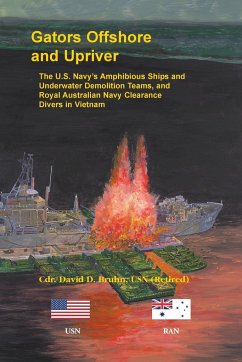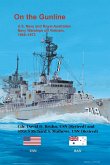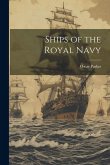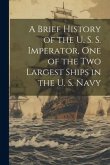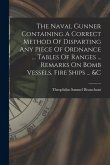During the Vietnam War, 142 "gators" (amphibious ships) served in the combat zone. As deeper-draft ships landed Marines on assault beaches by boat or helicopter, World War II-era tank landing ships operated on shallow, winding rivers. Scores of minimal-draft vessels were required to support inland combat action beyond the reach of the cruisers and destroyers serving on the gunline offshore. Therefore, dozens of "mothballed" landing ships were returned to service. These "Ts" served as mobile support bases for river patrol boats and assault helicopters, and ran the rivers to deliver vital cargos to Allied troops, and other units of the "Brown Water Navy." Each day brought the possibility of ambush by the enemy concealed in dense jungle along the banks. Most insidious were swimmer-sappers who used the chocolate-colored waters to hide their movements while placing explosives on vessels lying at anchor or alongside a pier. One such attack against the Westchester County killed or injured many sailors and embarked soldiers. This activity spurred Royal Australian Navy clearance divers being called into service. Their inspections of thousands of ship hulls, rudders, and anchor chains, and heroic removal and rendering harmless of deadly ordnance they found, saved many ships and lives. For those interested in learning about Sailors who fought "in country," this companion to On the Gunline is the book you're looking for. One hundred and ninety photographs, maps, and diagrams; appendices; and an index to full-names, places, and subjects add value to this work.
Hinweis: Dieser Artikel kann nur an eine deutsche Lieferadresse ausgeliefert werden.
Hinweis: Dieser Artikel kann nur an eine deutsche Lieferadresse ausgeliefert werden.

